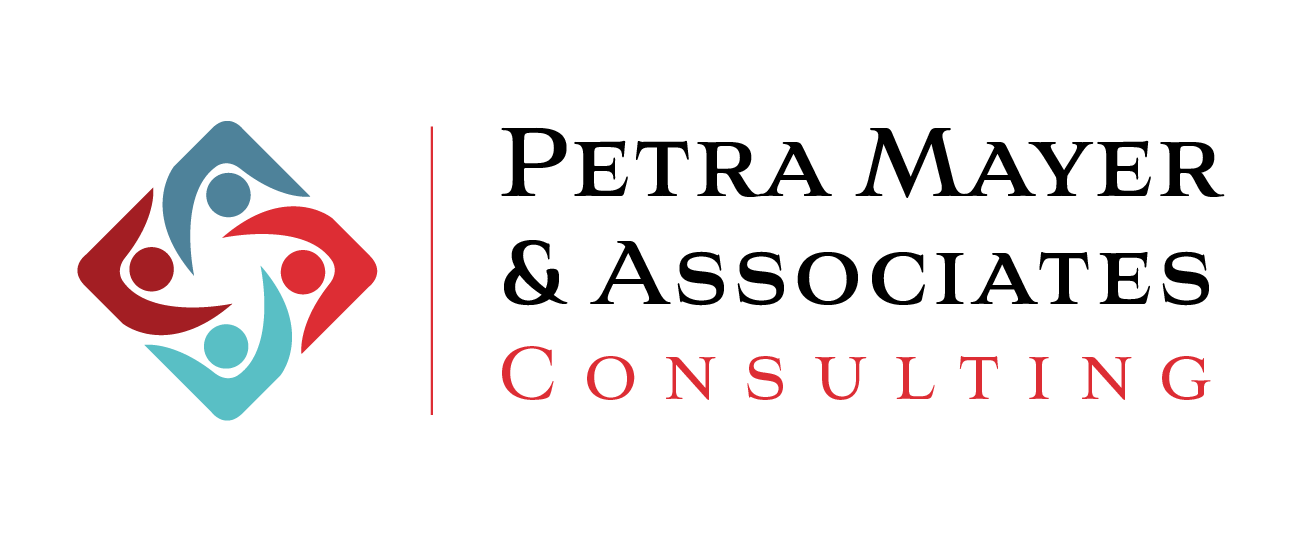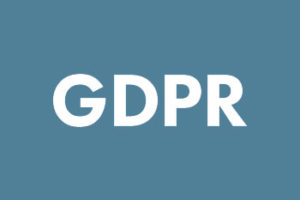Creating an accessible learning environment is not just a choice, it’s a strategic move with far-reaching implications for your business. This article explores the advantages of accessible online learning, looking into how it goes beyond compliance to become a cornerstone of your business strategy. These advantages also serve as a persuasive narrative when presenting accessibility updates to stakeholders and decision-makers within your organization. It’s crucial to also emphasize that while these improvements can positively influence your organization’s bottom line, the primary focus should always be on the learner, ensuring a more equitable and effective educational experience.
1. Diverse Learners, Expanded Reach
Accessible online learning broadens your audience. By accommodating diverse learning needs, you tap into a wider pool of learners, including those with disabilities. This inclusivity enhances your brand reputation and opens up opportunities to reach untapped markets.
2. Legal and Ethical Responsibilities
While compliance is the minimum standard, going beyond it showcases your commitment to ethical business practices. Demonstrating a proactive approach to accessibility not only avoids legal pitfalls but also positions your organization as one that values inclusivity and equality.
3. Improved Learning Experience
An accessible learning environment benefits everyone. Clear navigation, readable text, and multimedia with captions benefit learners with diverse needs, but they also enhance the overall user experience for everyone. An improved user experience translates into higher engagement and better learning outcomes.
4. Enhanced Brand Reputation
Investing in accessible online learning is a powerful statement about your brand values. It communicates to your audience, employees, and stakeholders that you prioritize inclusivity and are dedicated to creating a positive and equitable learning experience for everyone.
5. Future-Proofing Your Investments
The digital landscape is ever-changing, and so are accessibility standards. By integrating accessibility into your online learning programs, you future-proof your investments. This proactive stance ensures that your content remains relevant and compliant as technology and regulations evolve.
6. Increased Employee Productivity
If your online learning extends to employee training, accessibility is paramount. Providing accessible training materials fosters a more inclusive workplace, boosts morale, and contributes to increased employee productivity. It’s an investment in your team’s success.
7. Competitive Advantage
Stand out in a crowded market by showcasing your commitment to accessible online learning. In an era where consumers and learners alike prioritize socially responsible businesses, being a leader in accessibility can be a unique selling point and a source of competitive advantage.
What Does this Mean for Learning Content?
Now that we have highlighted some of the reasons to help build your business case, let’s further explore what it means to go beyond compliance in accessible online learning.
Accessibility in Secure Spaces
When you enter a LMS, things change in terms of accessibility. Traditional rules might not be an obligation in this secure, logged-in space. So, should organizations still prioritize accessibility in this private setting, and what does it mean for learners?
Firstly, it’s important to distinguish between the rules that apply before a firewall (log-in platform) and those within a private environment secured by log-in credentials. This distinction holds significance not only in the legalities but also concerning inclusive and ethical standards.
-
Before the Firewall
Before users enter a secured, logged-in space, certain accessibility rules are in play. In this phase, when content is accessible without the need for login credentials, adherence to standard accessibility regulations is typically mandatory. Legal standards, or the Web Content Accessibility Guidelines, guide the expectations for accessible content.
The emphasis here is on meeting legal requirements, and ensuring that individuals with disabilities have equal access to information and educational resources. Compliance with these regulations is a baseline, addressing the legal obligation to create an inclusive learning environment.
-
Private Environment Secured by Log-in
Once within a private, secure environment that requires login credentials, the landscape of accessibility standards may shift. In some instances, the traditional accessibility rules enforced before the firewall might no longer be an obligation. This creates a situation where organizations must decide whether to uphold accessibility standards based on principles of inclusivity rather than strict legal compliance.
-
Learning Content in Different Formats
Another consideration relating to accessible online learning is evaluating the accessibility of various learning content formats. From online content and video content to interactive elements like SCORM and H5P, each presents unique challenges and opportunities.
Ensuring SCORM content accessibility widens audience reach, and enhances learner satisfaction. To move beyond mere compliance, consider the following design considerations:
-
Contrast and background
Ensure sufficient contrast, avoid placing text on dynamic background images, and use clear colour differentiation. Think of organizing content in a way similar to web pages for an intuitive user experience.
-
Universal design principles
Emphasize universal design principles, incorporating descriptive page titles, and sub-headings, and offering control options for sliders and carousels. Steer away from relying solely on visual cues for instructions.
-
Communication through language
Use clear language, avoid jargon, and maintain consistent navigation. Provide explicit instructions and incorporate high-contrast elements while offering multiple pathways for users to access content.
Additionally, regular monitoring and review of SCORM content performance are essential. Gather feedback to stay responsive to changing needs and emerging accessibility issues. Document any modifications and communicate updates consistently to maintain accessibility standards and keep stakeholders informed. This proactive approach ensures a continuously improving and inclusive learning environment.
Final Thoughts
Accessible online learning is not just a box to tick – it’s a strategic move that aligns with the values of the modern learner and the expectations of a socially conscious society. Beyond compliance, it’s an investment in the success, reputation, and sustainability of your business in an inclusive digital age.


